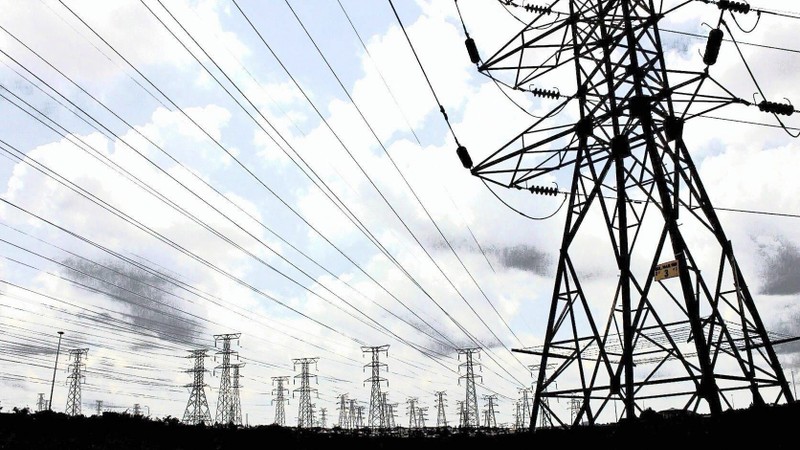
NERSA ALLAYS FEARS OF STAGE 16 CUTS
The National Energy Regulator of South Africa (Nersa) and the National Rationalised Specifications (NRS) Association have emphasised that a new document, NRS 048-9 Third Edition of the load reduction and load-shedding protocol, did not imply that Stage 16 power cuts were looming.
The organisations on Tuesday said the document was an upgrade of the guide to avoid a national emergency in the unlikely event of Stage 8 load shedding happening.
In a briefing on Tuesday, Nersa and the NRS Association said the revised standards had helped eliminate human error as the previous guidance was up to Stage 8 only.
The briefing was to calm the hyper-reaction to the recently announced approval of updated guidelines for Eskom’s load-shedding procedures by Nersa, now formally including provisions for up to Stage 16 load shedding.
The updated guidelines mean that instead of shedding a fixed number of megawatts, load-shedding stages now relate to percentages of total demand removed from the grid.
Stage 16 would entail removing up to 80% of demand.
Nersa said the revised document was a standard that would guide Eskom on steps to implement load shedding and other curtailment tools in a manner that protected the system and minimised hardship.
It said this was meant to guide the management of power by Eskom generation, independent power producers, and any addition made to the grid by small producers including households who may need to offload excess generation.
Nersa’s full-time regulator member for electricity regulation, Nhlanhla Gumede, said much of the country’s energy mix was tilting towards the use of renewables.
Gumede said that in spite of this, Eskom still needed to have the tools to manage both under- and over-generation of power from renewables, whose performance was largely determined by the weather.
“Clean energy is good but there are weather issues that come in the way.
The same with hydro – when there is a drought, there is a drought,” he said.
“We must be able to give Eskom the set of tools to manage the electricity if the weather does not play ball. Hope is not a strategy.”
Gumede also said the NRS 048-9 was a code of practice for real-time emergency load shedding, and how it should be implemented and communicated.
“Increasing load shedding stages is aimed at assisting and empowering the national electricity system operator to mitigate the impact of potential advanced electricity load-shedding stages,” he said.
“It does not substitute any action that the system operator may deem necessary to ensure the security of the national grid.”
He said to avoid “dumsor” (which in Ghana means a persistent, irregular, and unpredictable electric power outage), measures including reducing the maximum demand exceedable costs, such as shifting battery charging from immediately after power returns after load shedding to later when the supply is stable, as well as using gas instead of electricity for warmth, were options.
NRS Association chairperson of the management committee, Vally Padayachee, said the document went beyond Eskom and municipal electricity use, and was an industry guide which had been born out of widespread consultation that had mapped out the highest possible scenario.
“We have mitigated human error even better in this document. The good people at Eskom are very competent and we recognise their abilities, but they are only human.
“We are confident that despite challenges, Eskom, Nersa and all stakeholders would prevent a national blackout, even under the most severe circumstances,” Padayachee said.
“Before, if we went into a situation beyond Stage 8, the system operator and distribution centres would have to go into contingency mode to save the systems.
“They would not know which cities to switch off and for what duration if it was beyond Stage 8, which will still not happen. Now we have taken the highest load on the grid nationally and mathematically made scenarios that would help the operator.”
Gumede was also at pains to point out that the planned scenario in the NRS 048-9 was not an announcement of an imminent situation as he said many people were led to believe by the announcement of the upgrades in the standards.
“It is highly unlikely that we will ever have a blackout. Load shedding is just one of the tools the system operator has to ensure the safety of the system and manage the load when it is either above or below 50Hz,” Gumede said.
“There are many tools in the toolbox – there is interruptible load, curtailment, voluntary load reduction by customers, and smelters use this quite a lot. Load shedding is the tool of last resort,” he said.
The Mercury
2024-04-17T06:38:57Z dg43tfdfdgfd